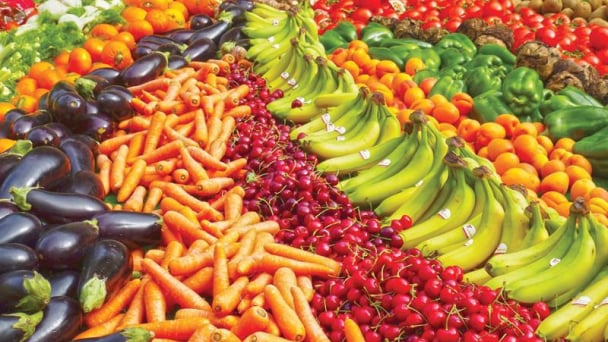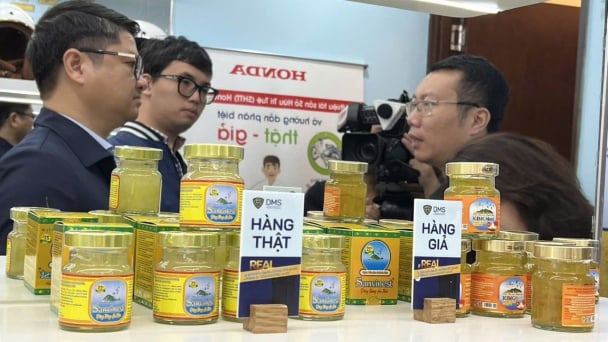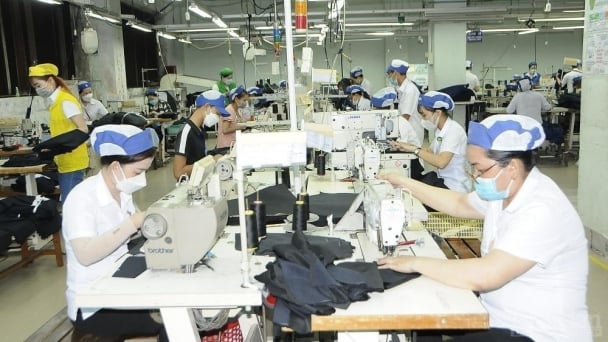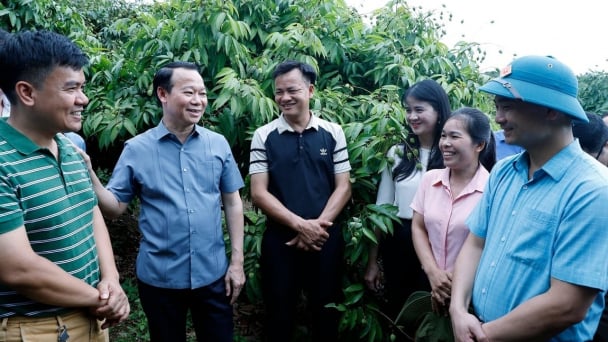May 21, 2025 | 15:08 GMT +7
May 21, 2025 | 15:08 GMT +7
Hotline: 0913.378.918
May 21, 2025 | 15:08 GMT +7
Hotline: 0913.378.918
Industrial compound feed production in the European Union is projected to increase to 147 million tonnes in 2024, up 0.5% from the previous year, according to data from the European Feed Manufacturers’ Federation (FEFAC). In May, FEFAC had forecast a 0.3% decrease in output this year.
“Key drivers for the market in 2024 include economic uncertainty, regulatory changes, and ongoing environmental and animal disease impacts,” FEFAC said. “These factors will continue to shape production dynamics across the EU, affecting different animal feed sectors in varied ways.”
Moderate growth is anticipated in poultry feed, with an expected increase of 1.3%. This recovery follows a challenging 2023, driven by a rebound in poultry production in key member states such as France, Spain and Portugal, which began recovering from the impacts of avian influenza from last year, FEFAC said. However, poultry production in Hungary and Italy continues to suffer from continued H5N1 avian influenza outbreaks.
The pig feed sector remains under pressure but is showing signs of stabilization compared to last year, in particular modest recovery is anticipated in Ireland (up 3%), Spain (up 5%), and Poland (up 1.9%), FEFAC said. Pig feed output is expected to be unchanged year over year at 47.7 million tonnes. FEFAC had projected pig feed production to decline by 1% to 2%.
However, key challenges persist due to an overall decline in pig populations in the EU due to ongoing economic and animal disease-related pressures, in particular from African swine fever (ASF), FEFAC noted.
“In addition, Germany, Belgium and the Netherlands face heightened policy pressure to reduce farm emissions or further downscale animal husbandry, creating significant uncertainty for the sector,” FEFAC said.
EU cattle feed production is forecast to increase by 0.3% in 2024, reaching 42.2 million tonnes, FEFAC said.
(WG)

(VAN) One of the key factors for businesses to effectively take advantage of tariff preferences under these FTAs is the rules of origin.

(VAN) Oliyar, a prominent Ukrainian oil and fat manufacturer, has revealed plans to build a farm for 2.3 million laying hens in the Lviv region. The additional production quantities promise to change the competitive landscape of the egg market of the Eastern Europe region.

(VAN) On May 15, Ministry of Agriculture and Environment of Vietnam hosted the 'Connecting Vietnam - Germany agricultural, forestry and fishery trade' seminar in Berlin, Germany.

(VAN) In the face of counterfeit and imitation products, Khanh Hoa Salanganes Nest Company hopes for the prompt completion of the legal framework, strict enforcement against violations, and protection of the bird’s nest brand.

(VAN) Japan's efforts to lower the price of rice through the release of its stockpile may finally be making some progress, albeit at a snail's pace.

(VAN) U.S. tariffs are not only a 'shock', but also an opportunity for Vietnamese businesses to renew their mindset toward comprehensive development.

(VAN) As Bac Giang lychee enters the harvest season, Minister Do Duc Duy expects that the fruit will contribute greatly to agricultural exports due to standardized production and deep processing.